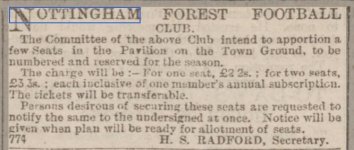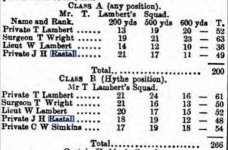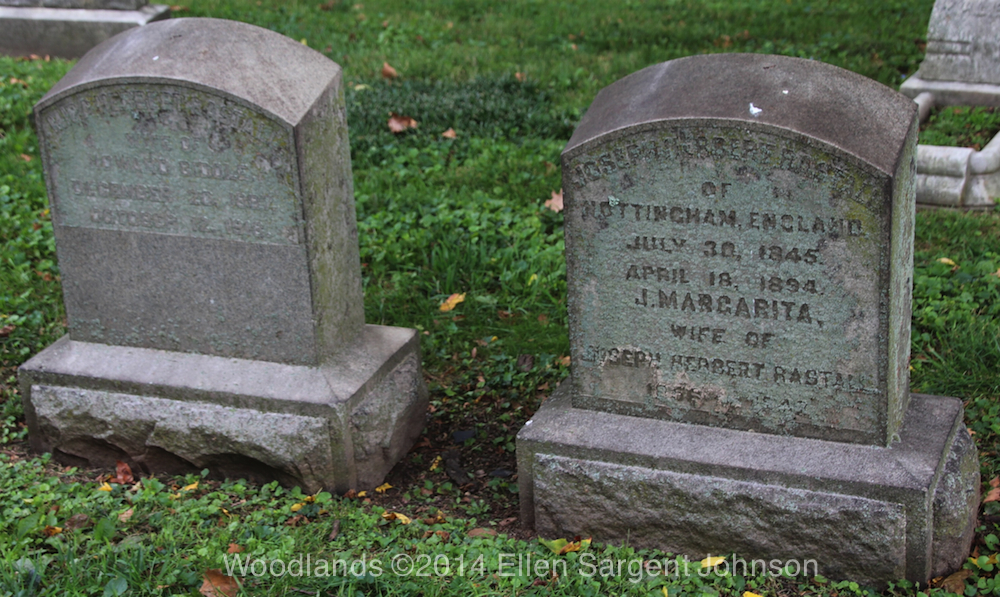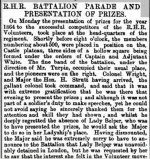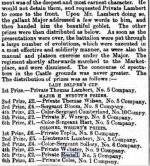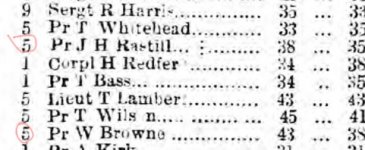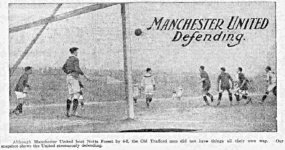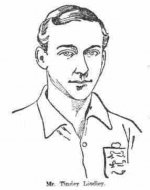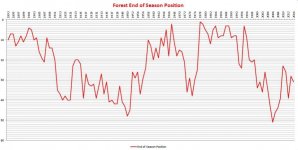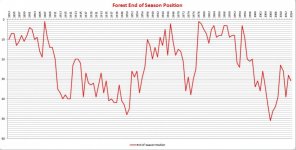Otis Redding
Try A Little Tenderness
Re: Forest Early History
I don't know if you're aware IRTD, but some remains of what would've been a cornerstone of the original terracing is still in existence on the recreation land on Derby Road which now occupies the site where the Parkside Ground was.
I thought some of you might find this article Forest's early years interesting.
http://www.lentontimes.co.uk/back_issues/issue_4/issue_4_12.htm
I came across it looking for info on the Parkside ground. I came across a report of the game in the Notts Guardian (Feb 6th). Apparently we lost 6-1 to Derby there in February 1885. Forest played into a strong wind on the sloped pitch in the first half. Derby, fresh in the first half, with the wind at their back scored 5 times. The Forest side tired in the second half from trying to force the ball thorugh the wind, did pull own back, but Derby then scored their sixth.
I don't know if you're aware IRTD, but some remains of what would've been a cornerstone of the original terracing is still in existence on the recreation land on Derby Road which now occupies the site where the Parkside Ground was.
Last edited:

